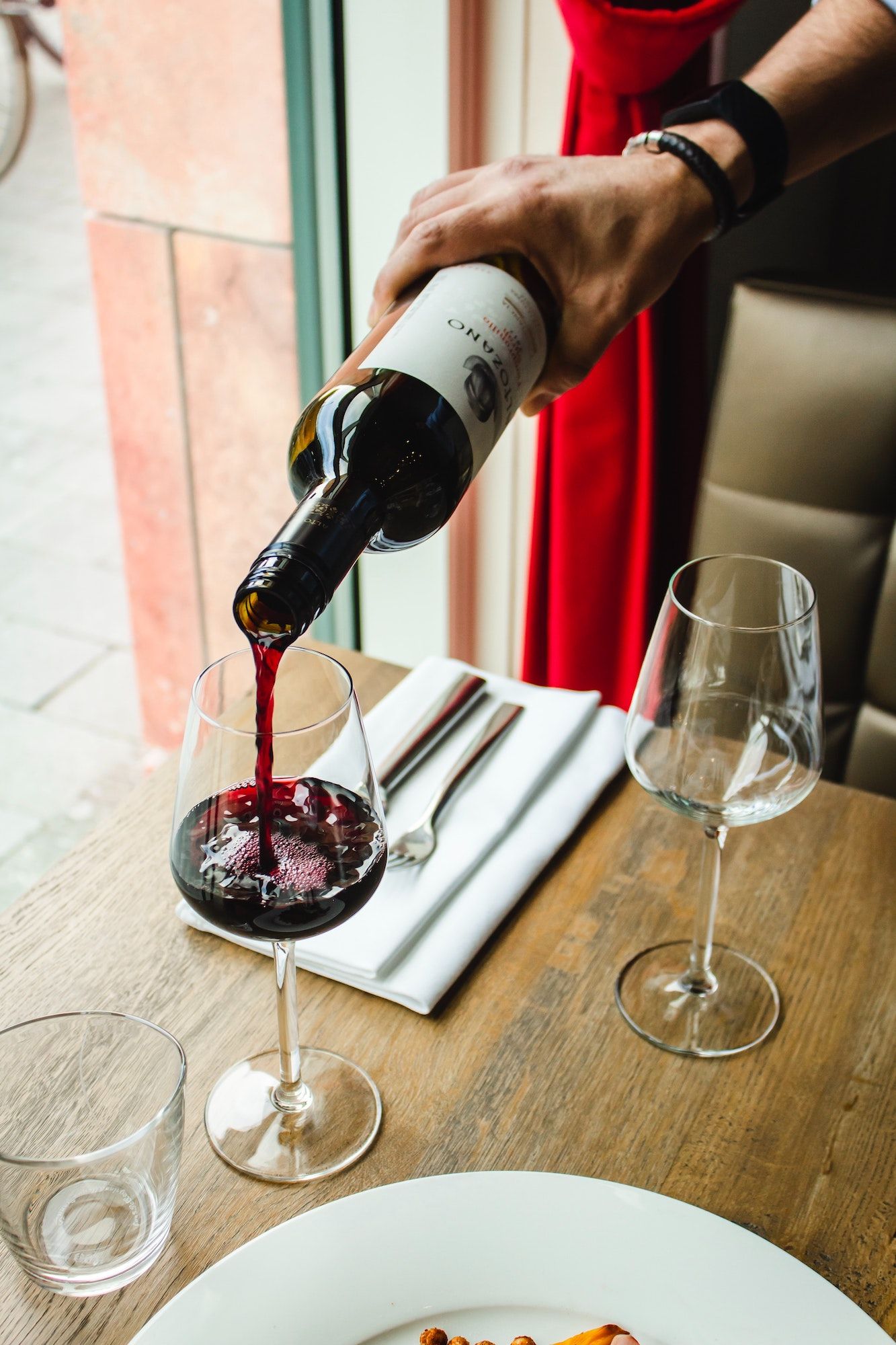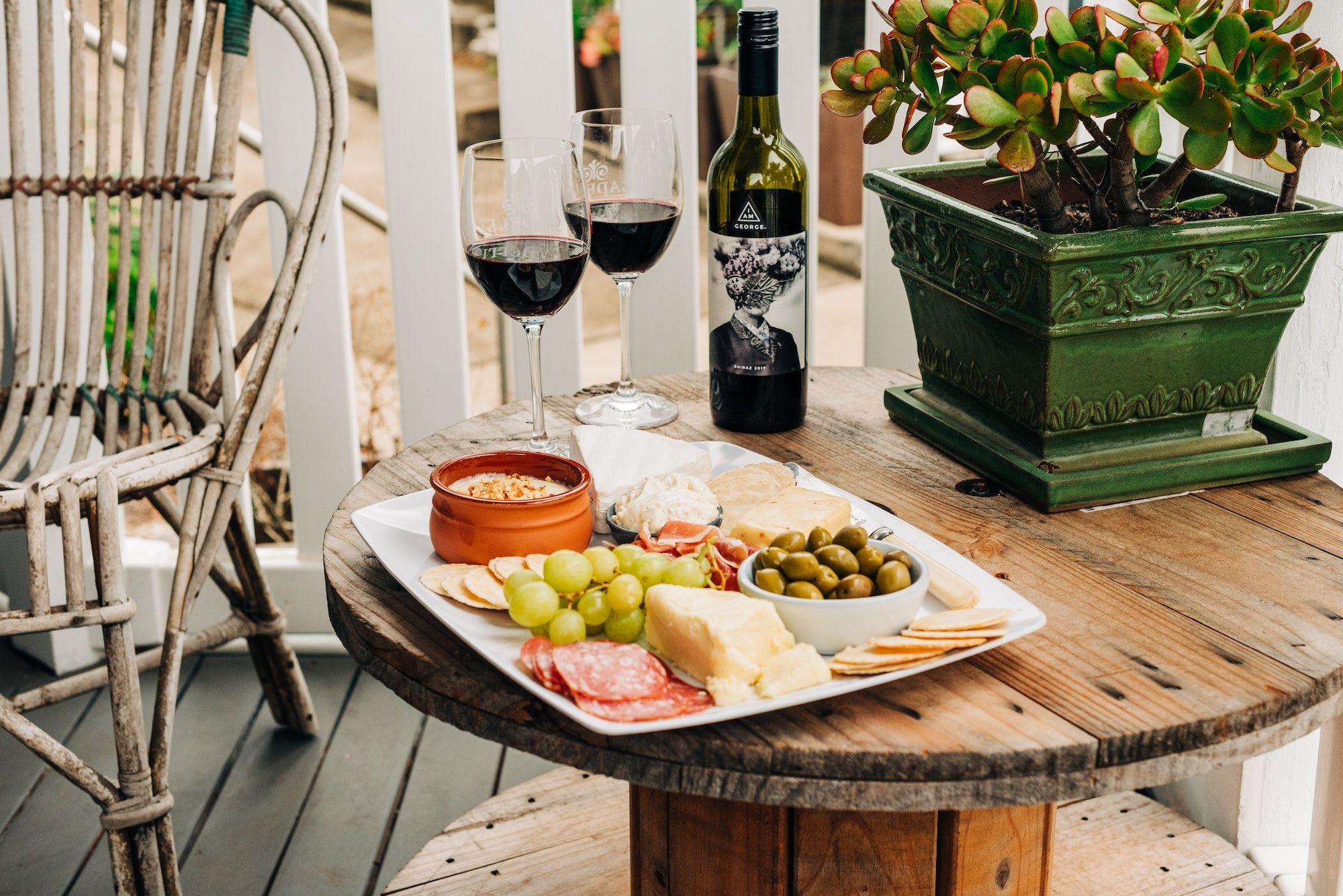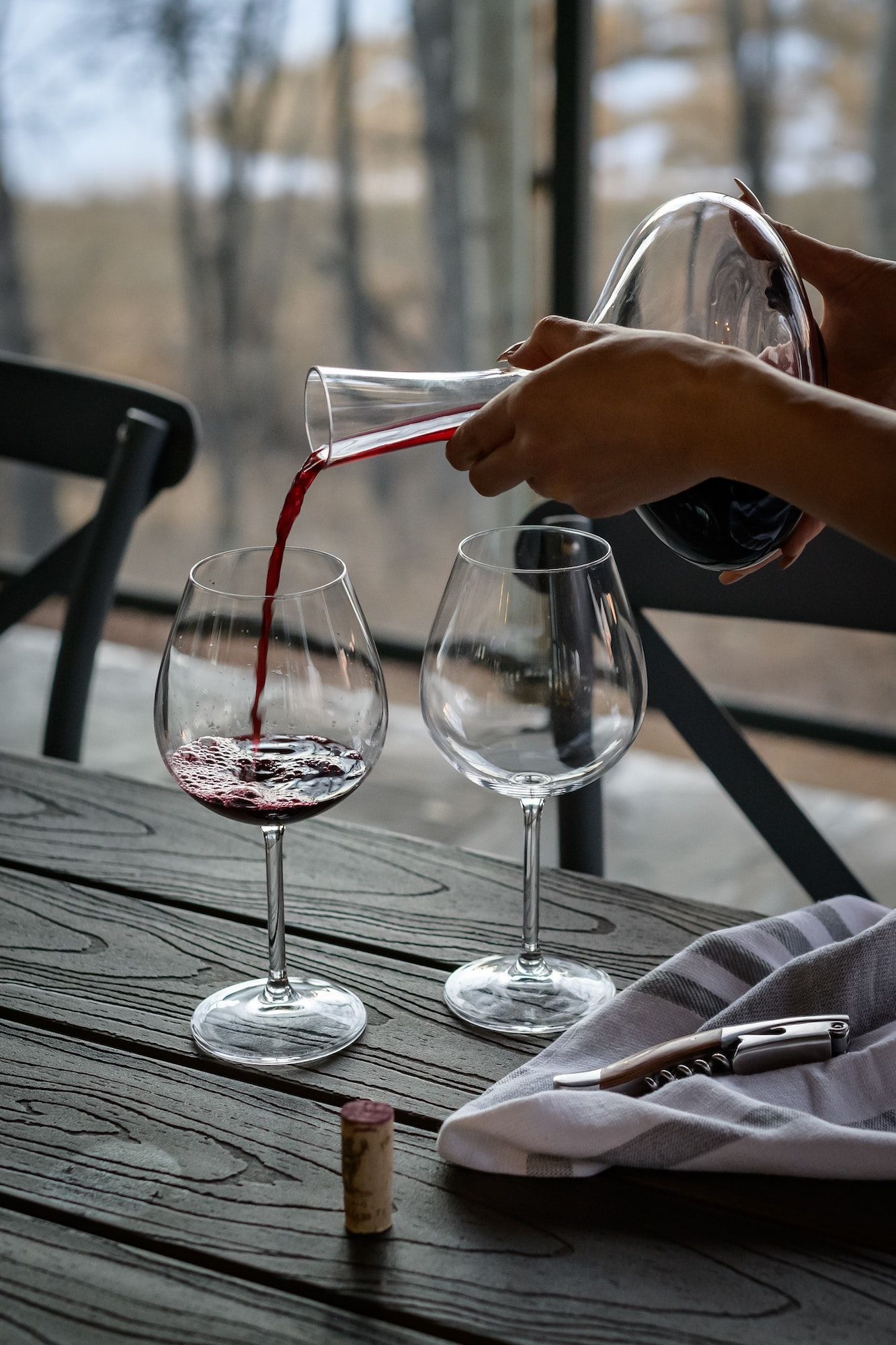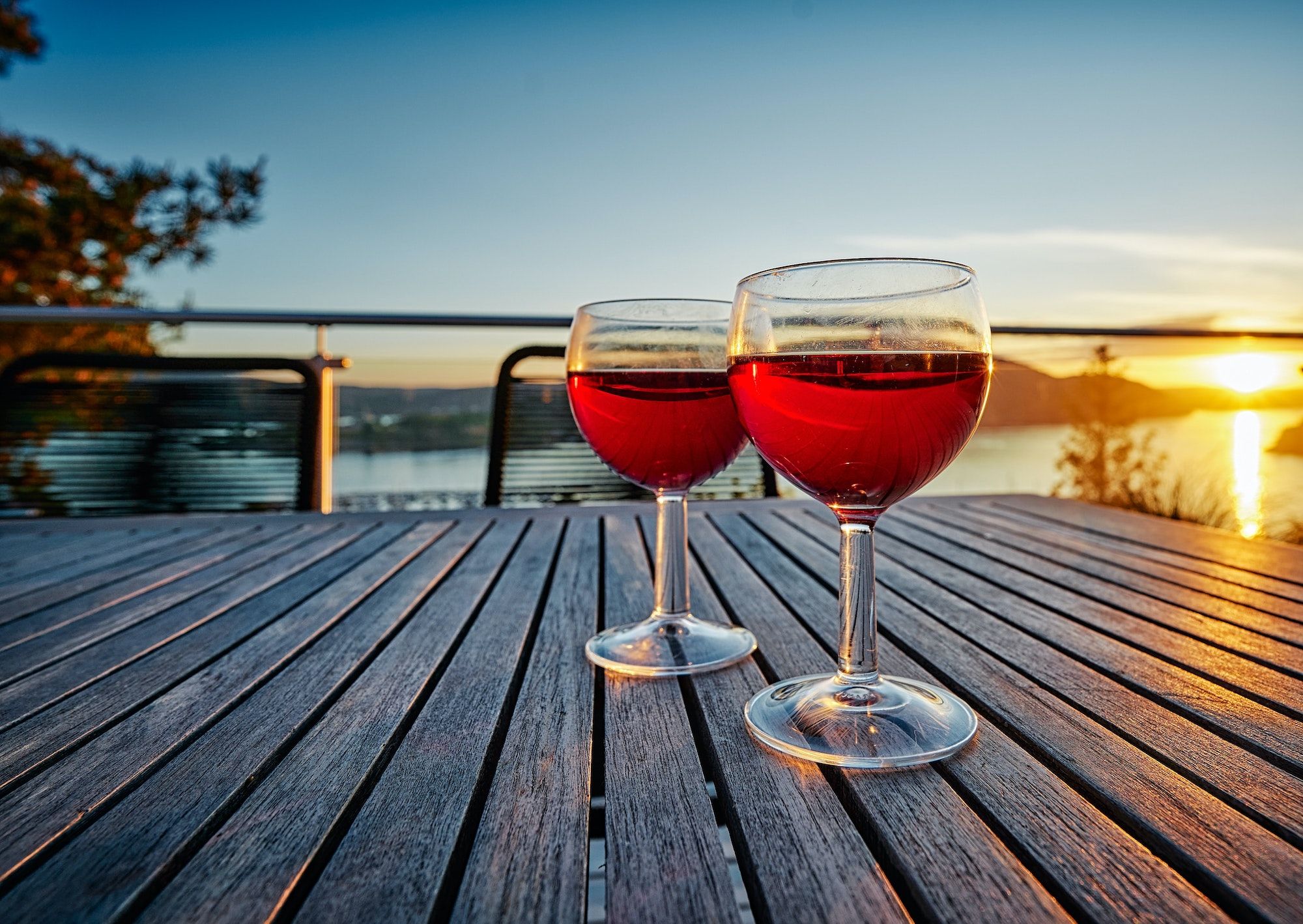Whether you're bored of the typical summer whites and rosés, or you just prefer to drink red, here are 5 red wines to try this summer
Much as we have hoped against hope that Hong Kong’s unseasonably cool April weather could continue indefinitely (ok, at least I felt that way), summer is now indisputably upon us and with it that sense that we should switch from red wine to white.
But what if you just don’t want to? Asia is of course replete with locations where you can sit in frigid air conditioning and drink all the hearty cabs you like, but if you’d prefer to make some nod to the season while sticking to grapes of the purple persuasion, here is the list for you:
1. Cerasuolo di Vittoria

Where: Sicily, Italy
Why: Although it has been overshadowed by the reds of Etna in recent years, Cerasuolo di Vittoria was the first (and still only) Sicilian red wine to receive a DOCG (the top appellation in the Italian system). It has long been home to innovative, boundary-pushing producers who were some of the first on the island to take a more “natural” approach to winemaking. The word “cerasuolo” (chair-a-SWO-lo) meaning “cherry,” is a reference either to the wine’s pert cherry fruit or the cherry-red soils the vines grow in: a soil type called terra rossa typically found in dry Mediterranean climates and underlaid with acidity-boosting limestone. It unites the red grapes nero d’avola, familiar to many as the beloved juicy crowd pleaser of the early 2000s, and its lighter, more fragrant counterpart, frappato, resulting in a heat-friendly mix of punchy crimson fruit, lilting florals and breezy summer crispness, like a block-printed linen sundress in a bottle. Ideal for light summer suppers, including fish or vegetarian dishes.
Which: Gulfi, COS, Arianna Occhipinti (for the latter two, try their varietal frappato for something extra wispy and perfumed).
See also: Indulge In 5 Of The Most Expensive Wines In The World—That Aren't From Burgundy




